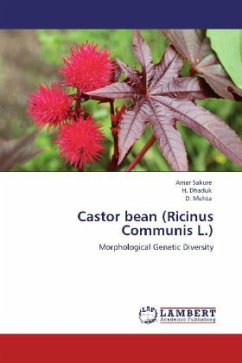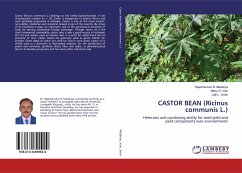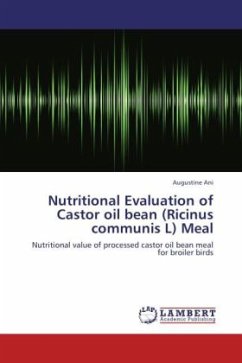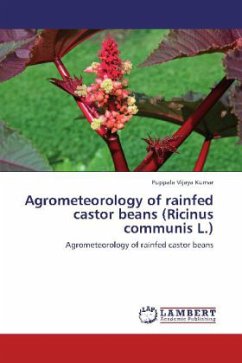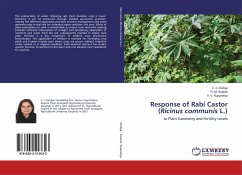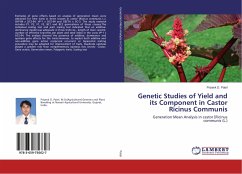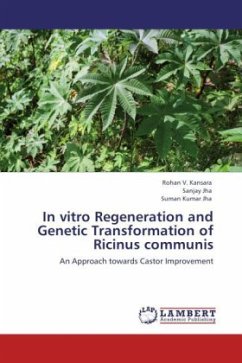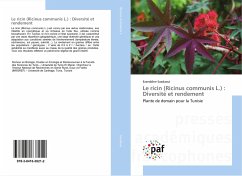Castor (Ricinus communis L.) belongs to the family Euphorbiaceae. It has chromosome number 2n = 20. Castor is indigenous to Eastern Africa and most probably originated in Ethiopia. Castor is a highly polymorphic species; normally monoecious with pistillate flowers are situated on the upper part and staminate flowers on the lower part of raceme. Production of female and male flowers is highly influenced by environmental conditions. Though it is a cross-pollinated crop, most of the cultivars have been developed through hybridization followed by selection. The monoecious nature of plant and availability of pistillate lines has facilitated the exploitation of heterosis on a commercial scale. Many of the morphological differences might be due to genic differences, cryptic inversions, duplications, etc., rather than to changes in the whole chromosome complement. Morphological markers can be an effective means to determine genetic relatedness among cultivars and among selections used incastor breeding programs. Many morphological markers exist among castor genotypes. Most of these characteristics are qualitative traits affected by a single or a few gene mutations.
Bitte wählen Sie Ihr Anliegen aus.
Rechnungen
Retourenschein anfordern
Bestellstatus
Storno

